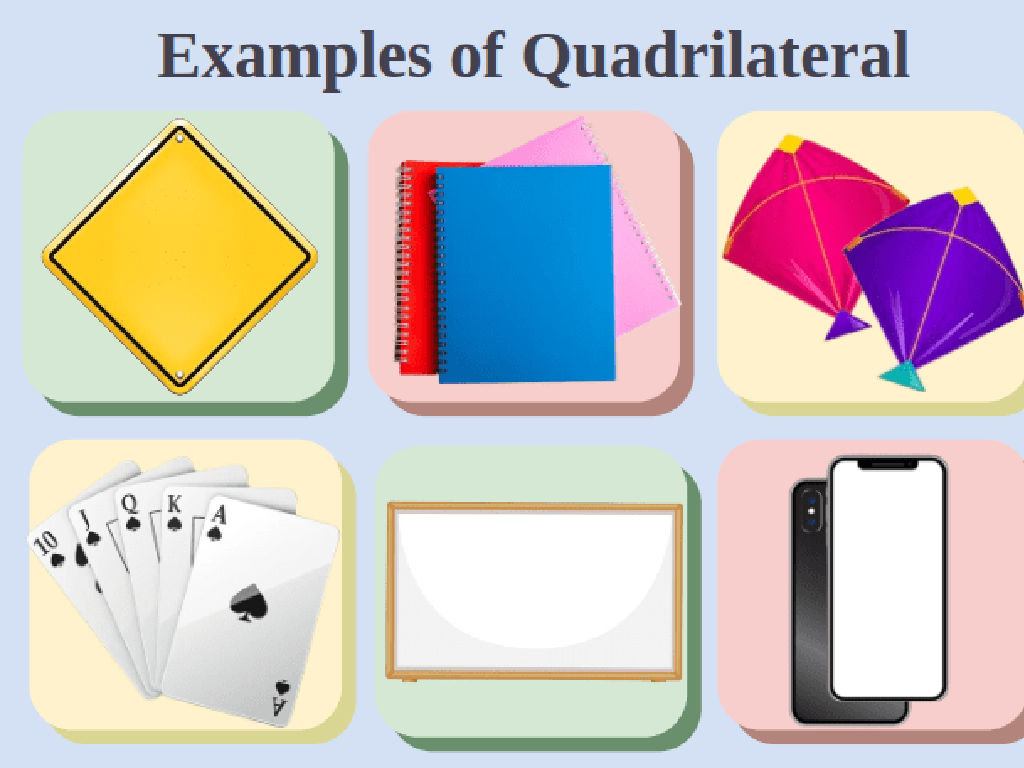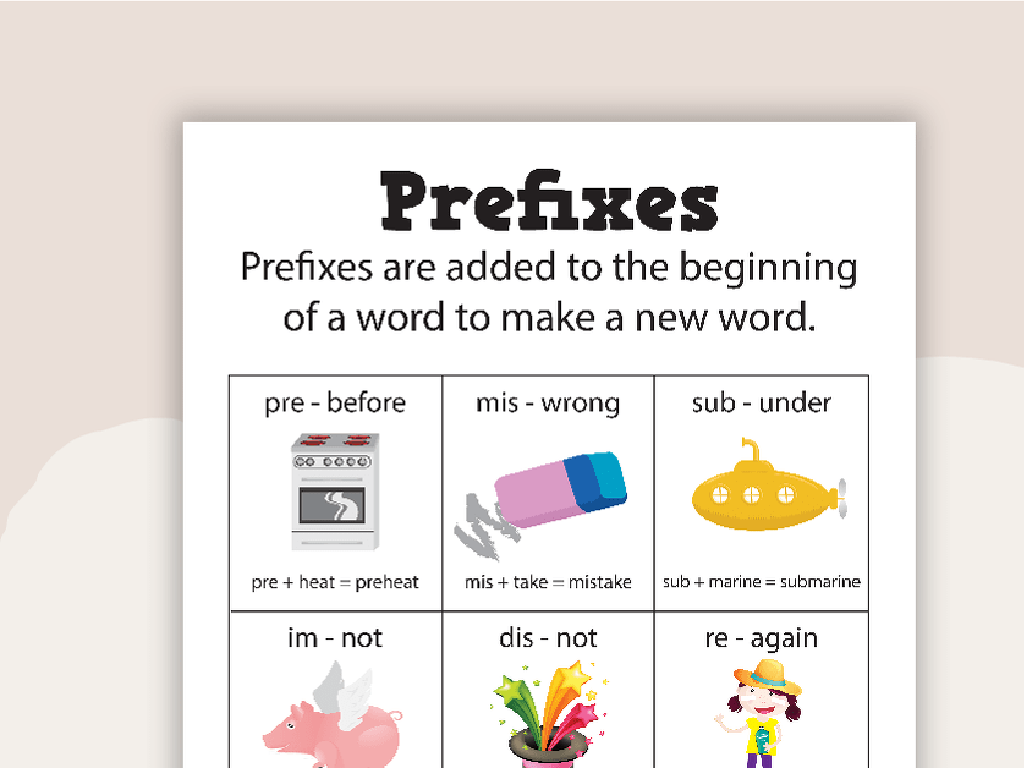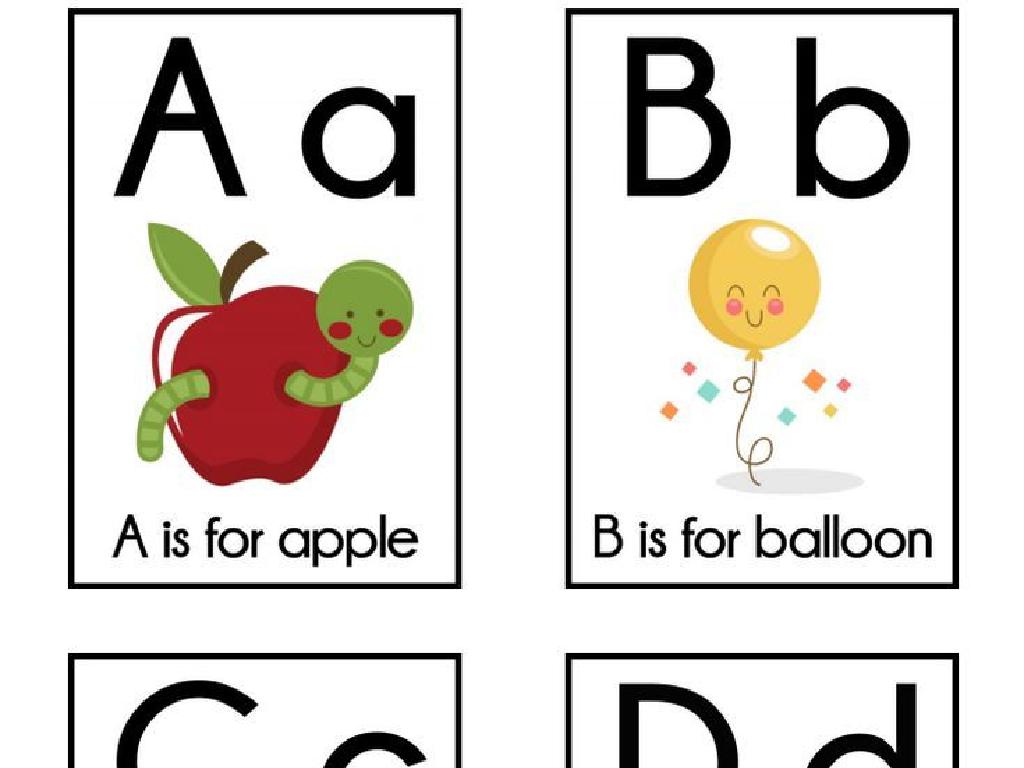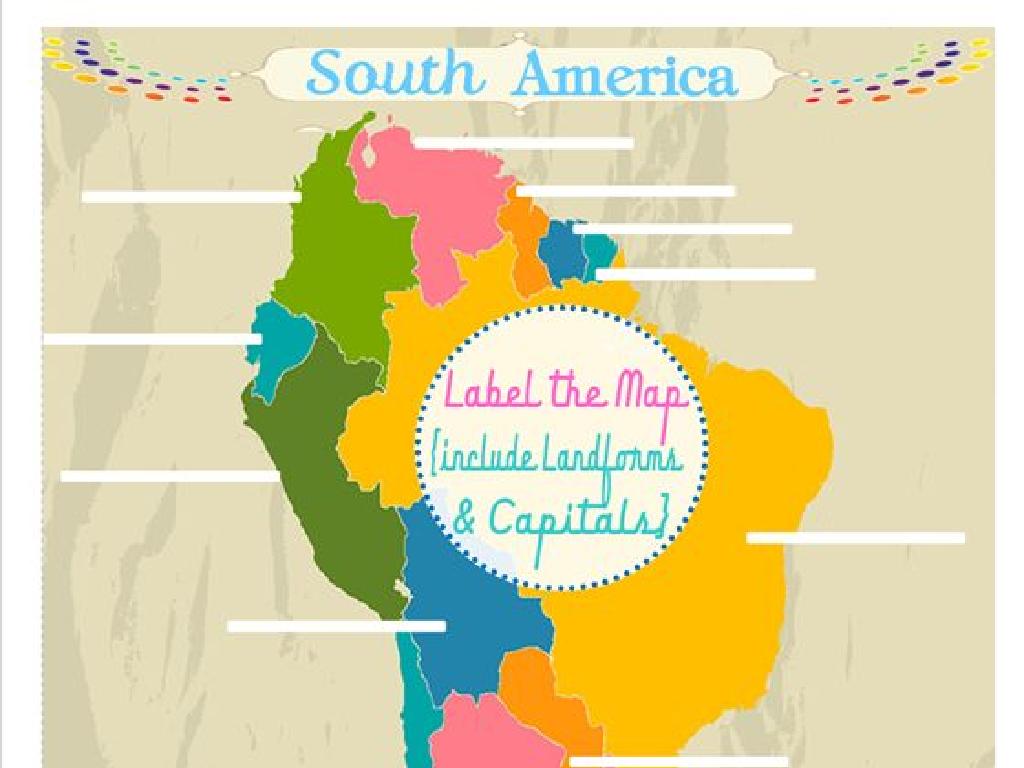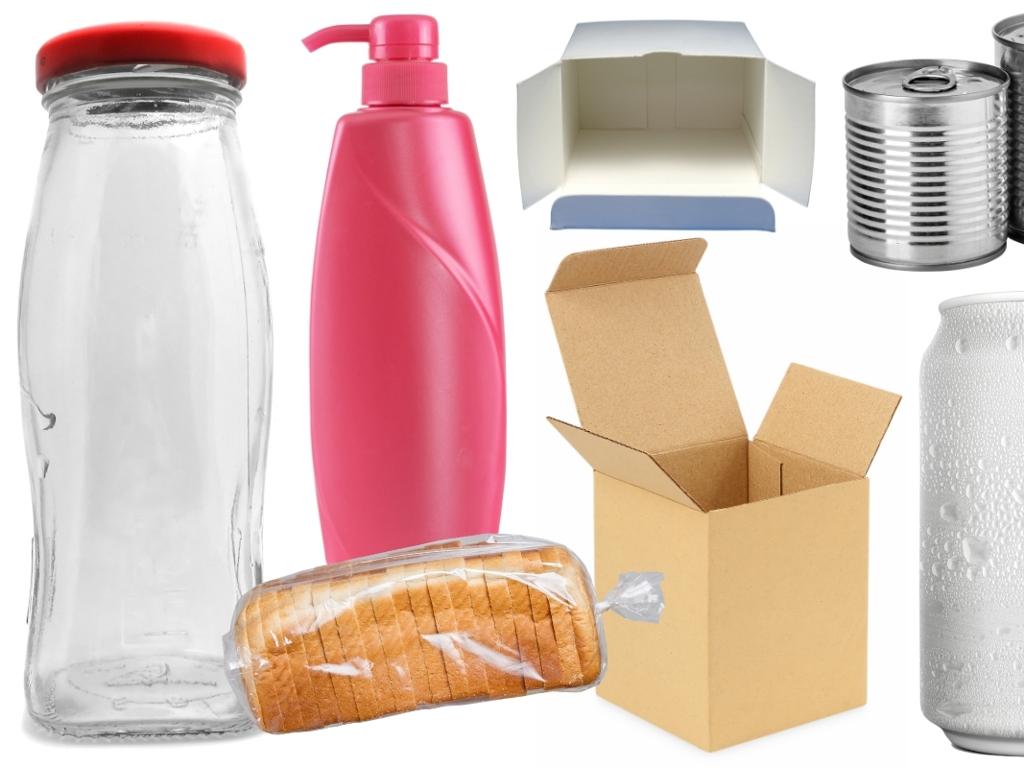Compare Numbers Using Multiplication: Word Problems
Subject: Math
Grade: Fourth grade
Topic: Multiplication
Please LOG IN to download the presentation. Access is available to registered users only.
View More Content
Welcome to Multiplication!
– Greetings, young mathematicians!
– Quick review: What is multiplication?
– Multiplication is repeated addition
– Multiplication compares quantities
– It tells us how many times a number is added to itself
– Example word problems
– E.g., 3 groups of 4 apples is 3 times as many as 4 apples
|
Begin the class with a warm welcome to set a positive tone for learning. Quickly review the concept of multiplication as repeated addition to refresh students’ memory. Explain that multiplication can be used to compare different quantities efficiently, which is especially useful in word problems. Provide examples of word problems that involve comparing numbers using multiplication to illustrate the concept. For instance, comparing the number of apples in 3 groups of 4 apples versus 4 apples alone. Encourage students to think of multiplication as a tool for comparison and ensure they understand how to apply it to solve problems.
Comparing Numbers with Multiplication
– What comparison means
To compare is to determine how numbers are related in size.
– Multiplication for comparison
Use multiplication to see which number is larger or smaller.
– Comparing smaller numbers
Example: Is 4 times 3 greater than 2 times 5?
– Practice with examples
Let’s solve problems to understand better.
|
This slide introduces the concept of comparing numbers through multiplication, which is a foundational skill in mathematics. Students will learn that comparing numbers means looking at two numbers to decide which one is bigger or smaller. By using multiplication, students can determine the size relationship between numbers. For instance, multiplying to compare smaller numbers helps students grasp the concept before moving on to larger numbers. Provide examples and encourage students to create their own word problems for comparison. This will help them apply the concept of multiplication in a practical way and understand the importance of comparison in math.
Multiplication as Comparison
– Multiplication shows relationships
– It tells us how many times one number contains another.
– Compare sizes with multiplication
– For example, 4 times 3 is larger than 2 times 3.
– Real-life multiplication comparisons
– Like comparing groups of apples: 3 bags of 4 apples vs. 3 bags of 2 apples.
|
This slide introduces the concept of using multiplication to compare numbers, which helps students understand the relationship between quantities. Multiplication can be seen as repeated addition, which is useful when comparing the size of different numbers. For instance, if one car has 4 wheels and another has 2 wheels, we can use multiplication to compare the total number of wheels in 3 cars of each type. By multiplying, students can visualize and quantify the comparison. Encourage students to think of other scenarios where they might compare quantities, such as the number of slices in pizza or the amount of candy in packets, to solidify their understanding of the concept.
Understanding Multiplication in Word Problems
– What are word problems?
– Story-like math problems to solve
– Importance of word problems
– They help us apply math to real-life situations
– Identifying multiplication comparison
– Look for phrases like ‘times as many’
– Sample word problem walkthrough
– Let’s read and solve a problem together
|
This slide introduces students to the concept of word problems in the context of multiplication. Word problems are like stories that require math to find the solution. They are crucial because they help students apply mathematical concepts to everyday situations, enhancing their problem-solving skills. To identify multiplication comparisons in word problems, students should look for key phrases that indicate a multiplicative relationship, such as ‘times as many’ or ‘twice.’ Walk through a sample problem as a class, discussing the context and the multiplication comparison within it. Encourage students to visualize the problem and think about the quantities being compared. This will set a foundation for solving more complex multiplication word problems.
Solving Multiplication Comparison Word Problems
– Steps to tackle word problems
– Read carefully, identify numbers and what’s being compared.
– Class example: Group problem solving
– We’ll solve a problem together to understand the process.
– Strategies for problem-solving
– Use drawings or objects to visualize the problem.
– Practice with different scenarios
– Apply learned strategies to new problems for mastery.
|
This slide is aimed at guiding fourth-grade students through the process of solving multiplication comparison word problems. Begin by discussing the steps to approach these problems, such as reading the problem carefully, identifying the numbers involved, and understanding what is being compared. Work through an example problem as a class to demonstrate these steps in action. Discuss various strategies that can be used to solve these problems, such as drawing pictures, using physical objects, or writing out the equations. Finally, encourage students to practice with different scenarios to apply what they’ve learned and reinforce their problem-solving skills. Provide additional examples and encourage students to work in small groups to foster collaborative learning.
Multiplication Word Problems: Practice Session
– Solve individual word problems
– Pair up and compare solutions
– After solving, discuss how you got your answers with a classmate
– Discuss challenges in groups
– Talk about any difficulties faced while solving problems
– Share problem-solving strategies
– Share tips and tricks that helped you find the solution
|
This slide is designed for a practice session where students will engage in solving, sharing, and discussing multiplication word problems. Start by having students attempt to solve problems independently to assess their understanding. Then, they should pair up with a partner to compare their answers and methods. This peer interaction encourages collaborative learning and helps students see different approaches to the same problem. Afterward, bring the class together for a group discussion to address common challenges and share effective strategies. This will help students learn from each other and reinforce their problem-solving skills. Provide guidance and support throughout the session, and ensure that each student is actively participating.
Class Activity: Multiplication Comparison Game
– Introduction to the multiplication game
– Learn the rules and objectives
– Understand how to compare numbers using multiplication through play
– Split into small groups for the game
– Each group will solve problems and compare answers
– Engage in friendly competition
– Encourage teamwork and use multiplication skills to win
|
This activity is designed to help students understand the concept of comparing numbers through multiplication in a fun and interactive way. The objective of the game is to solve word problems involving multiplication and then compare the results with those of other groups. Divide the class into small groups of 3-4 students. Each group will receive a set of word problems to solve. Once solved, they will compare their answers with another group to see which numbers are larger or smaller. This game encourages collaboration, critical thinking, and the practical application of multiplication to compare numbers. Possible activities include: solving word problems, creating their own problems for others to solve, using manipulatives to visualize multiplication, and a multiplication relay race where they solve problems in a sequence.
Conclusion: Multiplication in the Real World
– Recap comparing numbers with multiplication
– Multiplication’s real-life applications
– Shopping, cooking, and sharing equally among friends
– Class activity reflections
– How did our multiplication skills help us solve problems?
– Discoveries and understanding
– What new strategies did we learn?
|
As we wrap up today’s lesson, let’s revisit the key concept of comparing numbers using multiplication. Emphasize how these skills are not just for the classroom but are used in everyday situations like shopping, cooking, or dividing things equally. Reflect on the class activity, discussing how students applied multiplication to solve word problems and what strategies were most effective. Encourage students to think about how they can use what they’ve learned outside of school. Ask them to share their thoughts on what they found challenging and what they are now confident in solving.

